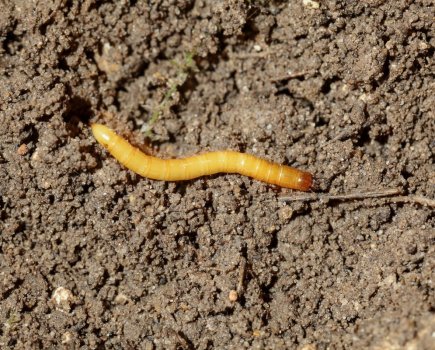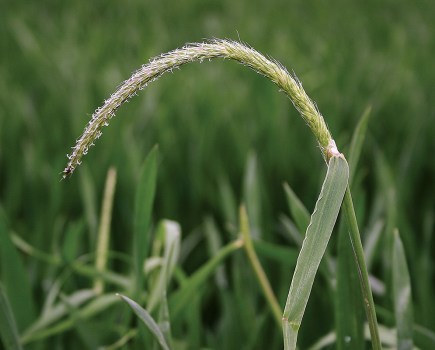 Increasing the flexibility of the Recommended List system for approving new varieties could promote more breeder innovation and help overcome some of the challenges facing the arable sector.
Increasing the flexibility of the Recommended List system for approving new varieties could promote more breeder innovation and help overcome some of the challenges facing the arable sector.
That was the view of NIAB’s Dr Alison Bentley, who addressed the recent Hutchinsons agronomists conference near Towcester with a talk that outlined a number of exciting scientific developments changing the face of plant breeding.
Responding to a question about whether the RL system was “stifling” such innovation, she said a system for evaluating new varieties was needed, but that making the approval criteria more flexible with less emphasis on yield could incentivise breeders to be more innovative with varietal traits.
Currently too much emphasis was on yield improvement, with only limited scope within the RL system for other traits, such as nitrogen utilisation, or all-round performance, to come to the fore. Inclusion of sustainability criteria similar to those used in France for example, would give growers feedback on varietal performance at reduced nitrogen rates, she said.
It could also be worth including greater regional analysis of varietal performance, and consider some of the performance factors examined within the Yield Enhancement Network (YEN), Dr Bentley added.
“More flexibility in the system would promote and encourage innovation, rather than breeders having to fight for it. There’s a lot of room for encouraging change and innovation.”
Varieties to overcome challenges
Given the pressures on available chemistry, evolving pest and disease populations, and more extreme weather, Dr Bentley said genetic improvements to varieties would take on even greater importance in future years.
But the recent changes in yellow rust races found in the UK, which had “wreaked havoc” among plant breeders, were just one example of how the goalposts kept moving and why new technology was so important to help overcome these challenges.
For example, DNA sequencing had made it quicker to identify new disease races, while sequencing technology could also be used to identify desirable genes within wild grass species, such as stem rust resistance, which could potentially be transferred into commercial breeding programmes.
So-called “speed breeding” techniques that involved breeders growing plants under glasshouse conditions where the light can be controlled to produce 22-hour days, were one way that new traits could potentially be brought to market more quickly, Dr Bentley said.
The extra light boosted plant growth and could double the number of generations produced in a year from three to six, dramatically cutting the time taken to select desirable traits and transfer them into commercial varieties through conventional breeding techniques.
“It currently takes around seven years from the first cross to putting a variety into National List trials. Speed breeding could deliver genetic gain to farmers far more quickly.”
Looking further ahead
Techniques such as gene editing also promised “huge opportunities” for plant breeders, by allowing very targeted changes to single genes that could be used to address a variety of genetic problems, from disease susceptibility to allergenic components within grain.
Longer-term, Dr Bentley said “synthetic biology” could be used to build DNA code and component parts from scratch, to create completely new products. One example already being worked on was to introduce the capsicum from chilli peppers into tomatoes to create spicy tomatoes.
“There is so much technology available, the challenge is how we fit it into breeding programmes.”
Stem rust alert
Growers and agronomists have been urged to look out for wheat stem rust, after scientists confirmed the first case of the disease in more than 60 years.
A single infected wheat plant was found at a site in Suffolk in 2013 and genetic tests since then have confirmed it was the same strain that caused outbreaks elsewhere in Europe and Africa.
Having been eradicated from the UK decades ago, stem rust has not been a focus of breeding programmes and around 80% of modern varieties are thought to be susceptible.
Dr Bentley said vigilance was essential and any suspected samples of the disease should be sent to the UK Cereal Pathogen Virulence Survey (UKCPVS).




